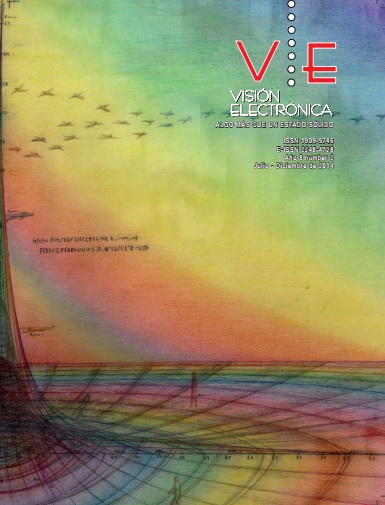DOI:
https://doi.org/10.14483/22484728.10001Publicado:
2014-12-24Número:
Vol. 8 Núm. 2 (2014)Sección:
Visión de CasoAsturiux: detection system of computational anomalies
Palabras clave:
Computational anomalies, Events monitoring, Alert, Detection, Distributed system, Computational intelligence (es).Descargas
Resumen (es)
Everyday in network management, it is complex the process to correlate events in different dimensions: legal violation, intrusions, monitoring failures, violation to security policies or breach of standards; to which face professionals, teaching and students in this area in Colombia. This article presents the technological aspects for the design and development of a distributed system for the computational anomalies detection that was termed “Asturiux”, which arises as a product from a research project in the teleinformatics area. To addressing this problematic it use the network security administration, and anomalies detection. The system was fully developed with free software, in which were integrated different technologies for the communication, authentication, persistence, computational intelligence and remote alerts. The verification instruments and the realized tests, reflect a high level of system efficiency, and acceptation from the actors involved.
Referencias
Polica Nacional, E. G. Criminalidad y analisis espacial de los delitos en Colombia, 2010. Recup..de http://oasportal.policia.gov.co/imagenes ponal/dijin/revista criminalidad/volumen53 1/estudios estadisticos/cifras.pdf. Mayo 2012.
Kroll Eiu, et al. Global Fraud report 2011. Recuperado
de http://www.krolladvisory.com/media/pdfs/KRL FraudReport2010-11.pdf. Septiembre 2012.
Villar Eugenio, G. F. Administracion avanzada de sistemas
informaticos (Primera.). Mexico: Alfaomega-Rama. 2010.
Marks Adam, Y. R. (2008). Information security awareness in higher education: An exploratory study. Computers & Security, 27, 241{253. 2008.
Hoang Xuan Dau, J., & PeterBertok. A programbasedanomaly
intrusion detection scheme using multiple detection engines and fuzzy inference. Journal of Network and Computer Applications, 32, 1219{1228.2009.
Anastasakis Leonidas. The information security policy unpacked: A critical study of the content of university policies. International Journal of Information Management, 29, 449{457. 2009.
Clark Andrew J., J. J. D. Data preprocessing for anomaly based network intrusion detection: A review. Computers & Security, 30, 353{375. 2011.
Seredynski Franciszek, P. B. Anomaly detection in TCP/IP networks using immune systems paradigm.Computer Communications, 30, 740{749. 2007.
Yang Ming Su. Real-time anomaly detection systems
for Denial-of-Service attacks by weighted k-nearestneighbor
classiers. Expert Systems with Applications,38, 3492{3498. 2011.
Podgurski Andy, W. M. Application-based anomaly intrusion detection with dynamic information ow analysis. Computers & Security, 27, 176{187. 2008.
Morris Franklin, et al. Information security policy: An organizational-level process model. Computers & Security, 28, 493{508. 2009
Goel Sanjay, I. N. Metrics for characterizing the form of security policies. Journal of Strategic Information Systems, 19, 281{295. 2010.
Cuppens Frederic Cuppens, Y. E. Formal enforcement
and management of obligation policies. Data & Knowledge Engineering, 71, 127{147. 2011.
IETF. RFC 4765 - The Intrusion Detection Message
Exchange Format (IDMEF). Recuperado de http://www.ietf.org/rfc/rfc4765.txt. Mayo 2012002E Vision Electronica


.png)




.jpg)





